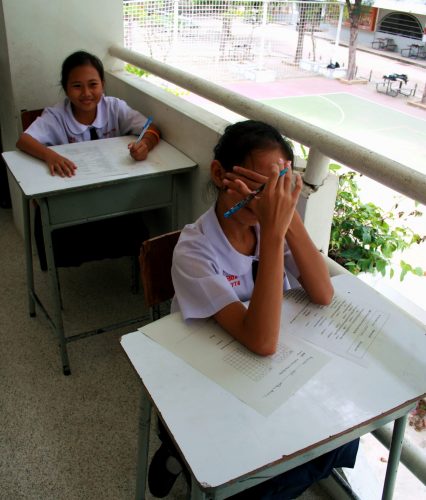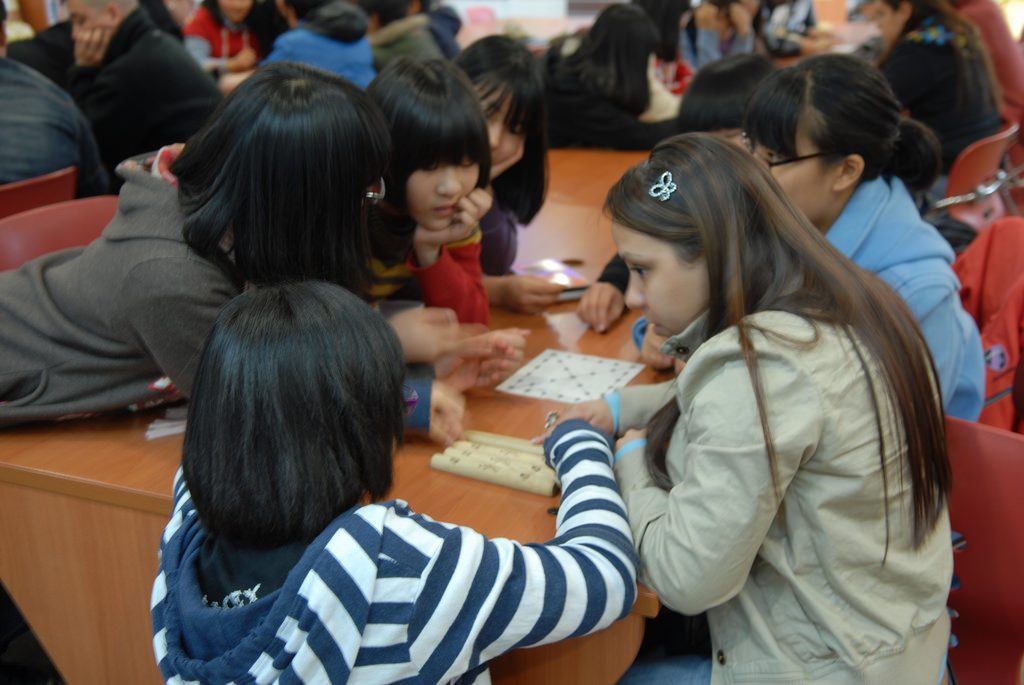Aside from enhancing the academic skills of the students, another important responsibility of teachers is to turn these students into active members of the community successfully. Being an active citizen, however, typically begins in a classroom setting.

As educators, it is not hard to find the signs of shyness in a student. It could be that their voices are shaky when it comes to recitation or the fidgeting when presenting in front. Teachers can also see this shy and nervous look on their faces every time there are icebreakers or individual participative activities to be done.
This article lists five of the best techniques for teachers to build a motivating environment and help their shy students become outgoing pupils.
Do Fun Activities That Require Small Groupings/Pairings
Random groupings can put a shy student and an outgoing classmate together which can bring positive effects to the shy one. Furthermore, fun group activities make time for students to know and interact in a fun way. Just keep in mind that you, as the facilitator, should see to it that each member of the group gets a task.
Moreover, small groupings make it possible for each student to have one responsibility wherein they can be held accountable. It may help students set aside their shyness to execute their tasks and work with their peers to put their group on the winning track.

Don’t Put The Shy Students In The Far Corner
It’s better to put the shy students on the front row rather on the last rows or corner seats of the room. This seating arrangement will make it easy for teachers to build rapport with the student thus, encouraging active participation in discussions.
Furthermore, being surrounded by outgoing pupils can influence the shy ones reserved behavior and encourage them to talk and socialize more. In other words, never put your students showing signs of shyness and social intimidation in isolation.
Have A Reward System For Active Participation
One example is giving praise to students who raise their hands and give their answers confidently, regardless of the given answer is wrong or not. Avoid showing disappointment when a recitation didn’t go right as there’s a higher chance of shy students getting more intimidated. Giving praise, bonus points, or certificates for a positive attitude and behavior towards other people can encourage better social skills.

Avoid Favoritism
Avoid talking to only one particular set of students in the class. Maintain contact and have a light conversation with each of the shy students as well from time to time to not make them feel isolated from the majority. Having a friendly talk with them during break time or outside academic discussion hours can remove constant intimidation and may encourage more interaction.
Have Constant Communication With The Parents
You as someone who supervises their children on a daily basis can inform the parents about their child’s shy behavior in school. Together, you can discuss possible ways to turn these students into outgoing ones. Perhaps, there are some family activities or bonding they can do at home that can be the first step to help them overcome shyness. After all, parents should also set a model for their children when it comes to properly socialize.

Shyness is a combination of emotions and feelings brought about by fear of embarrassment and lack of self-confidence. Appreciating baby steps is as important as seeing improvement in their progress in social skills. The above techniques, however, should not only be done on the first day of class but on a daily basis. Remember that turning these students into active participants is also a big success for the teachers.
